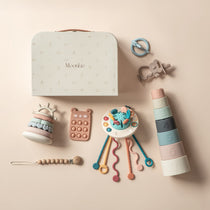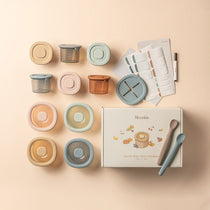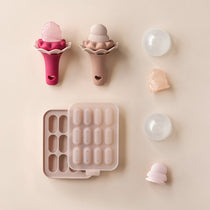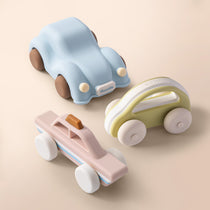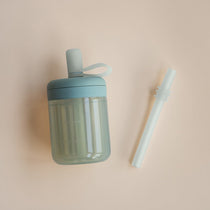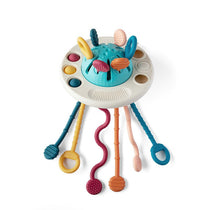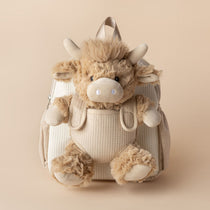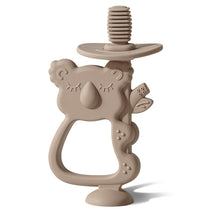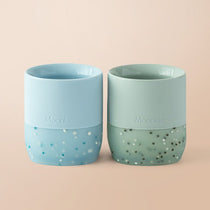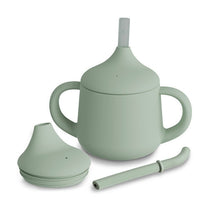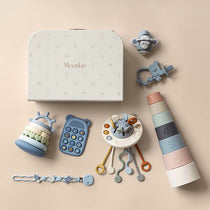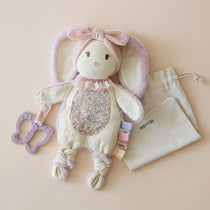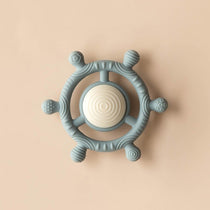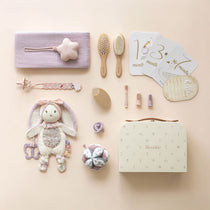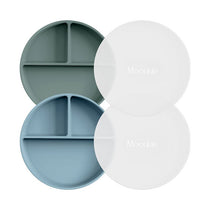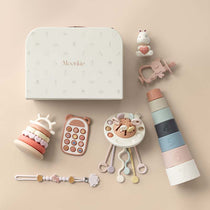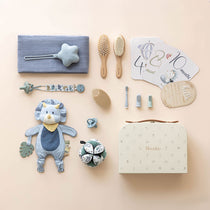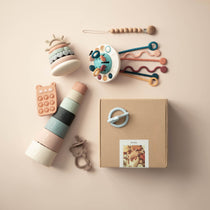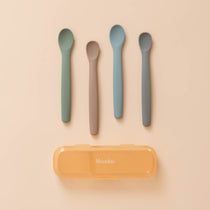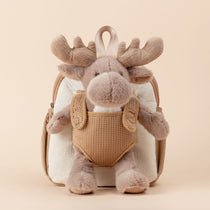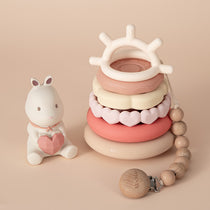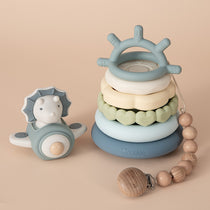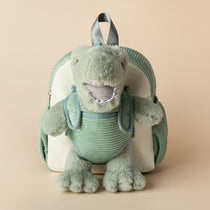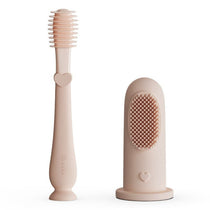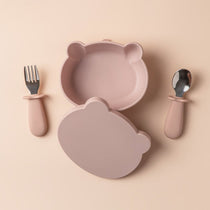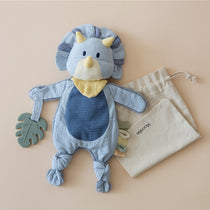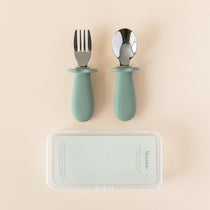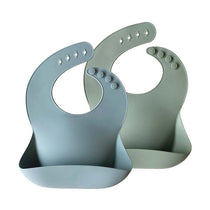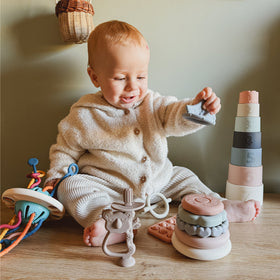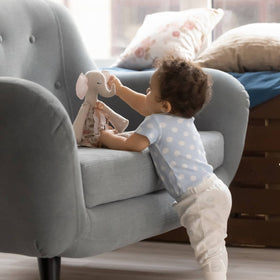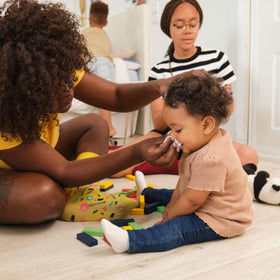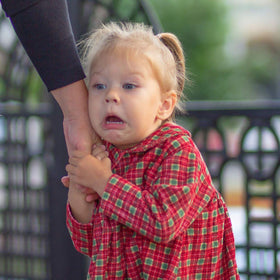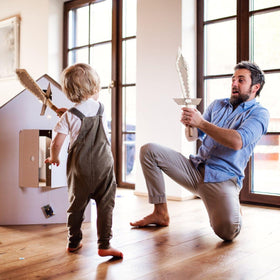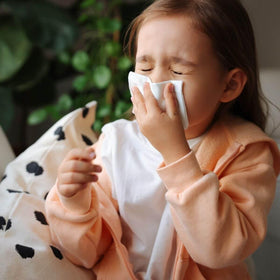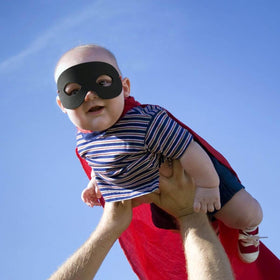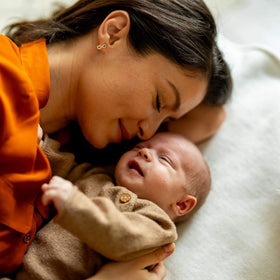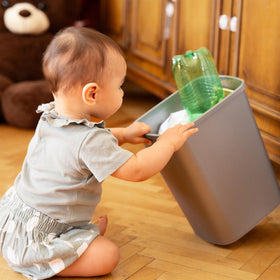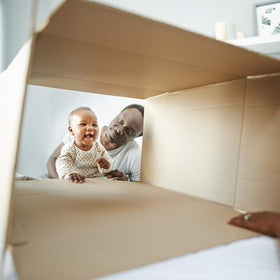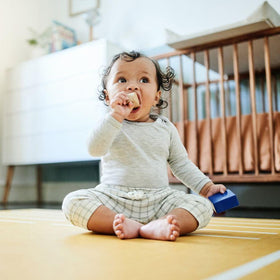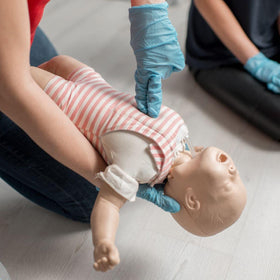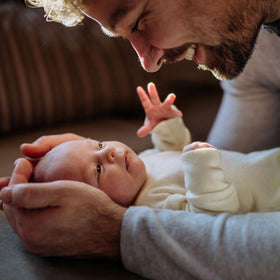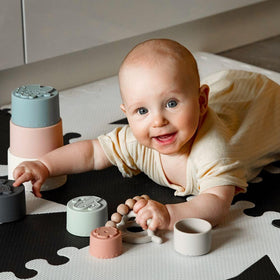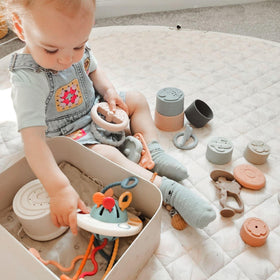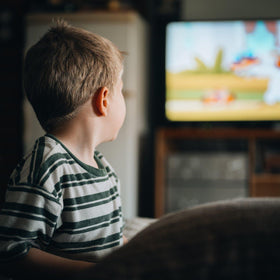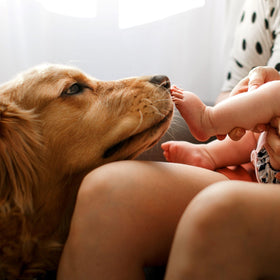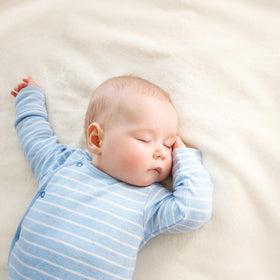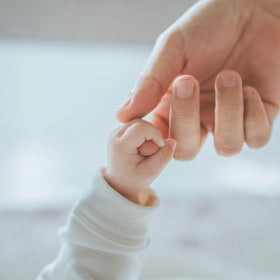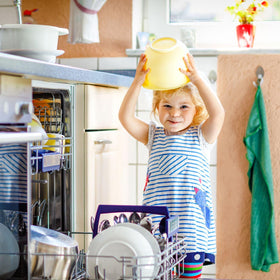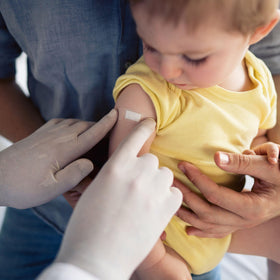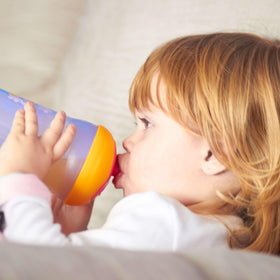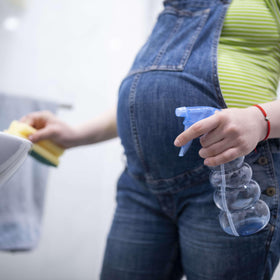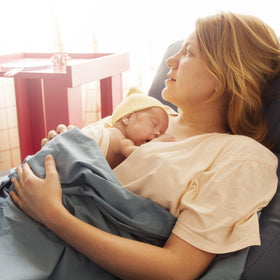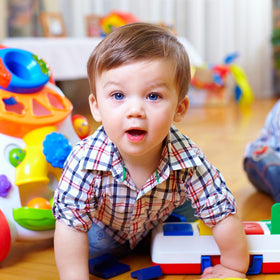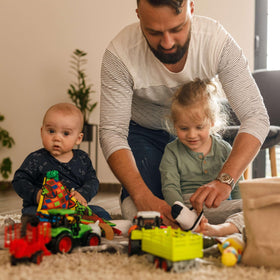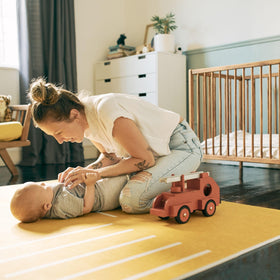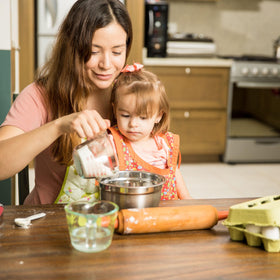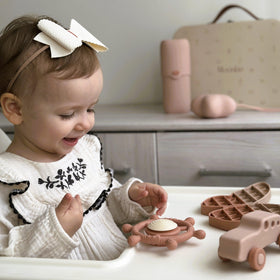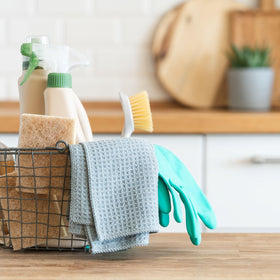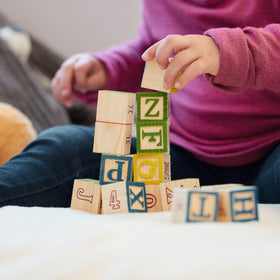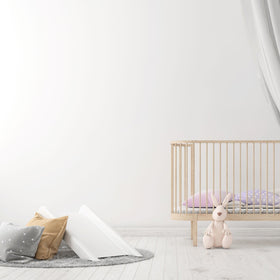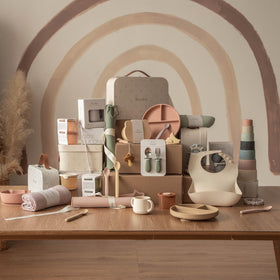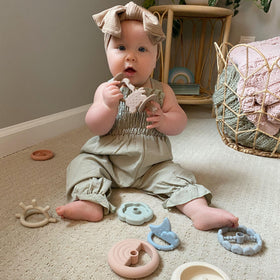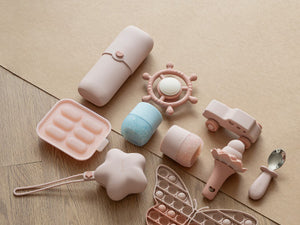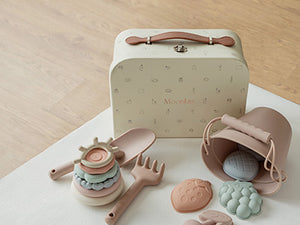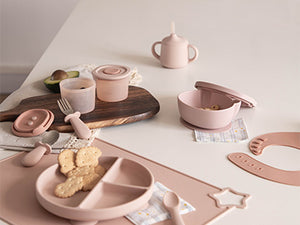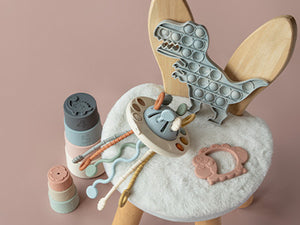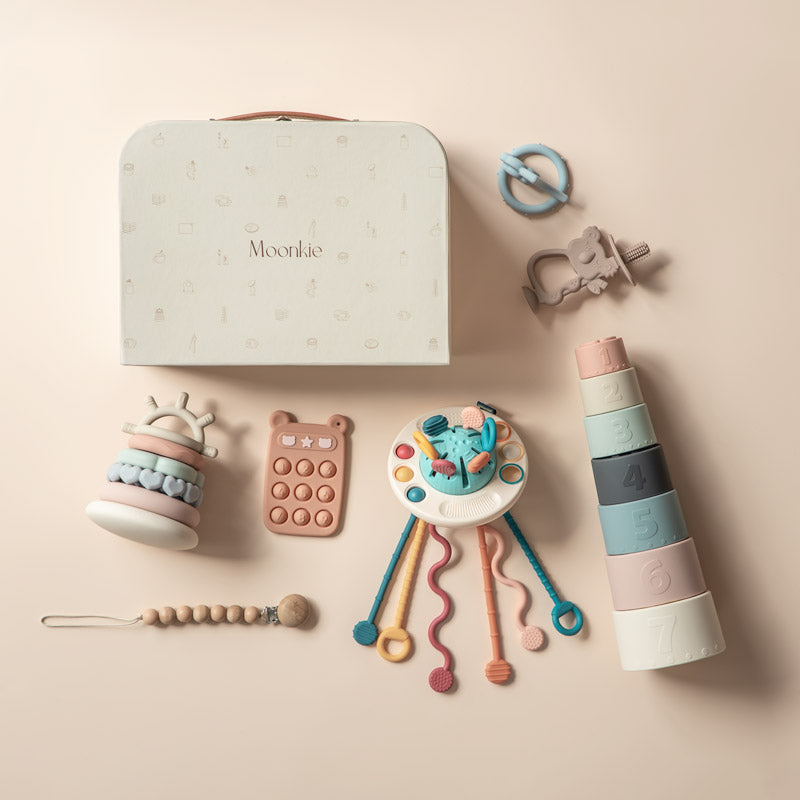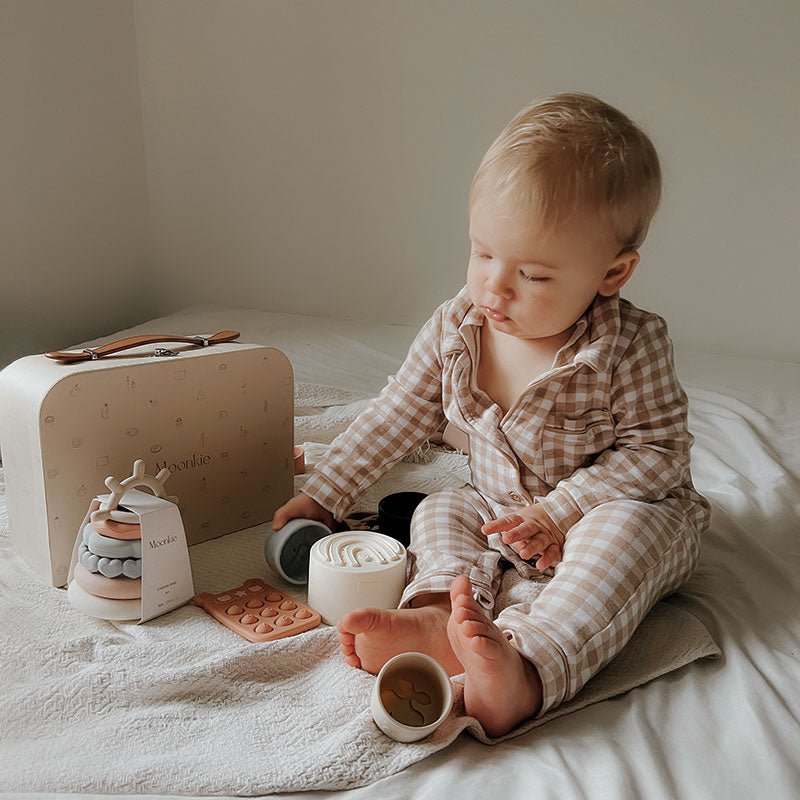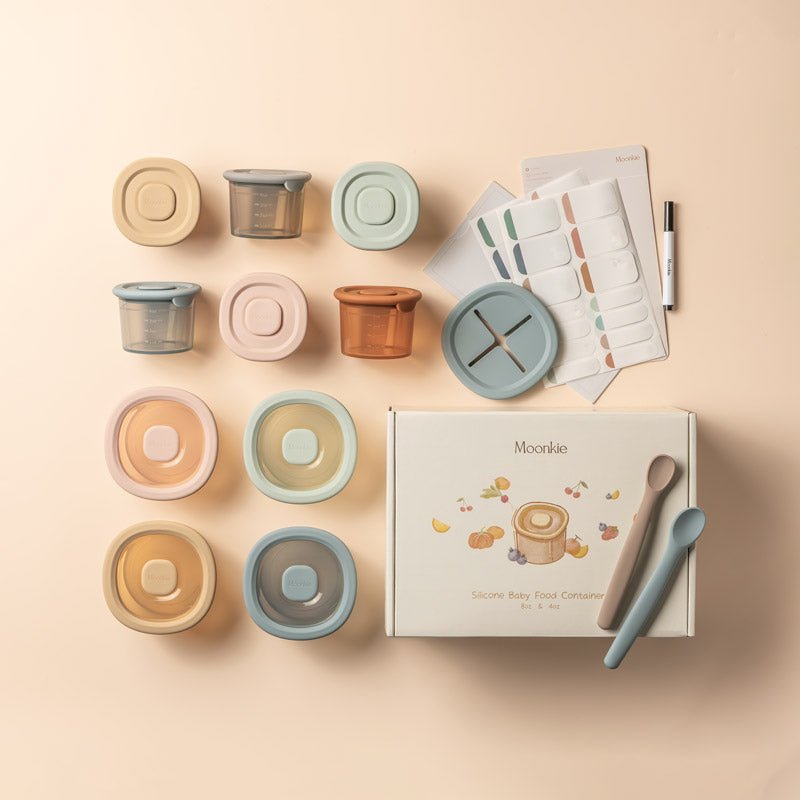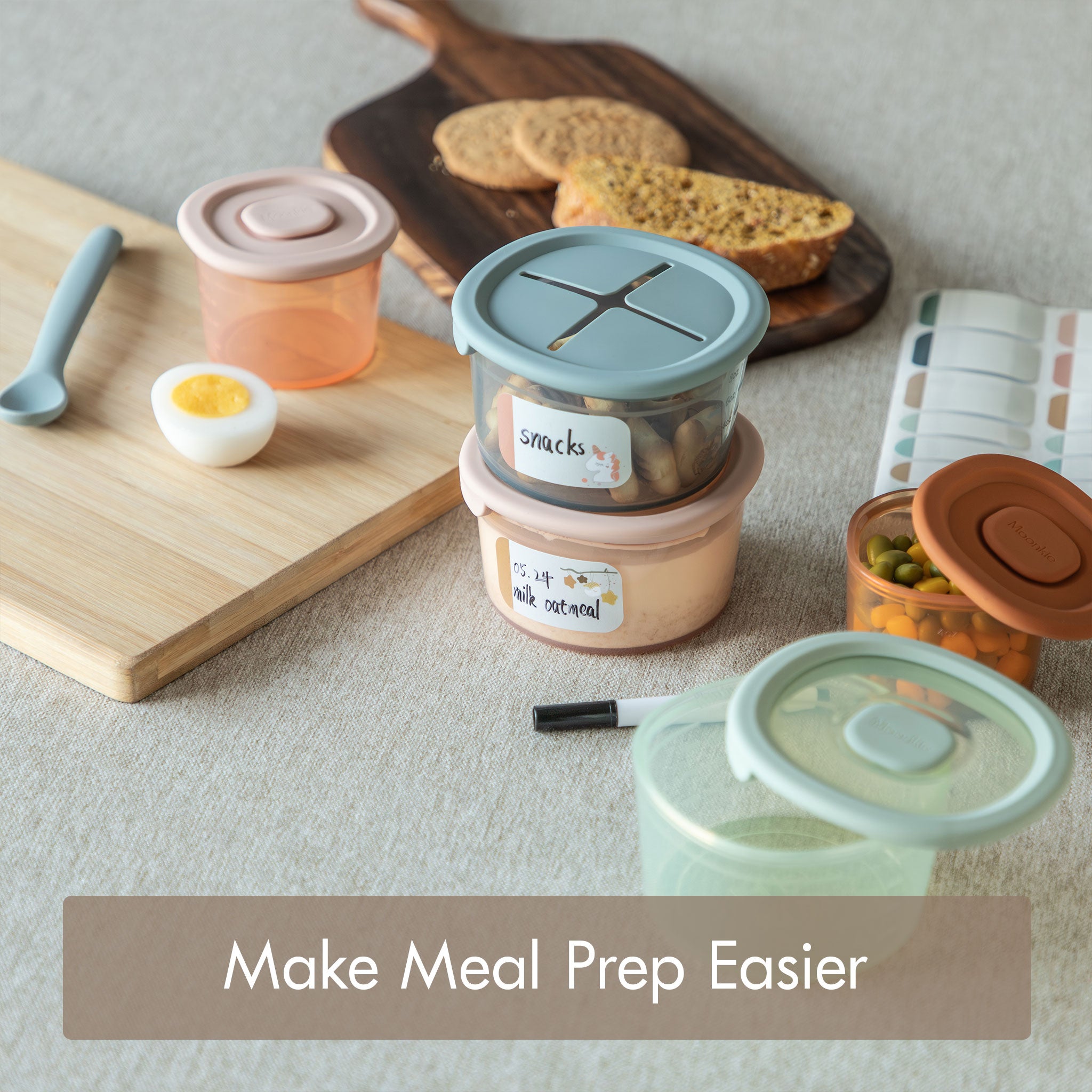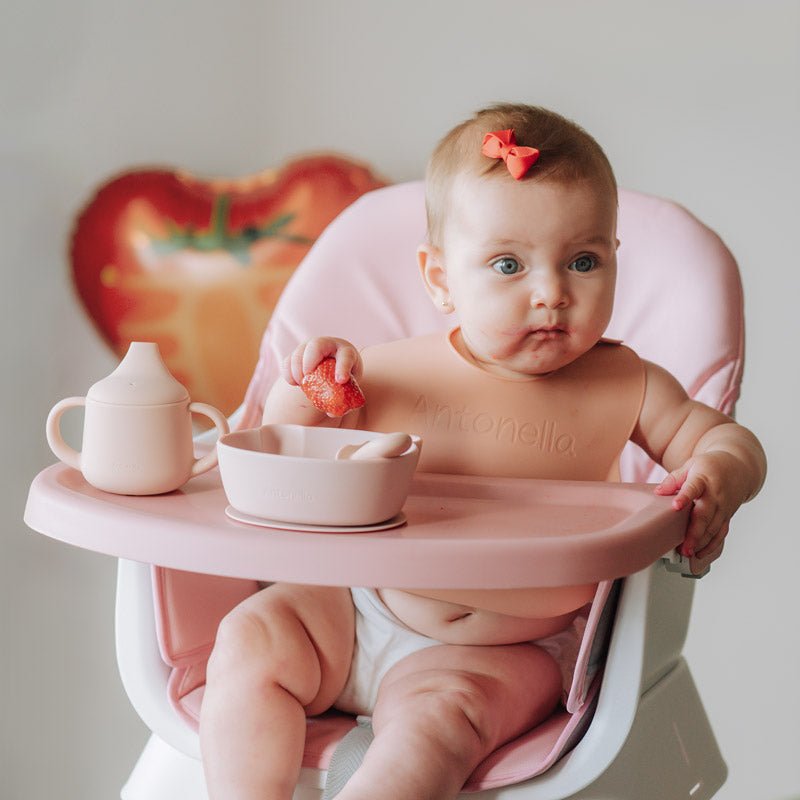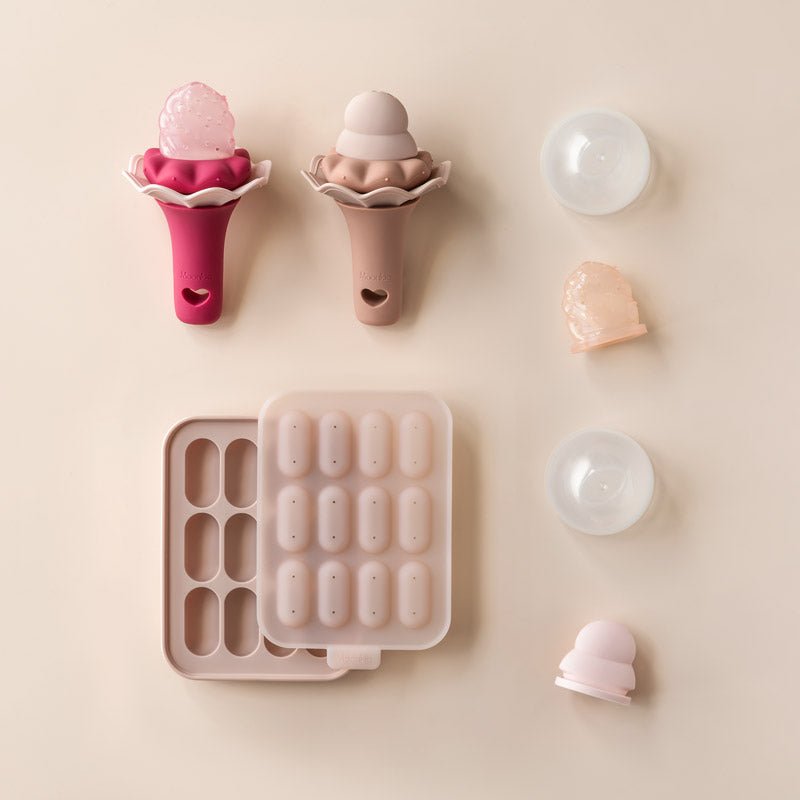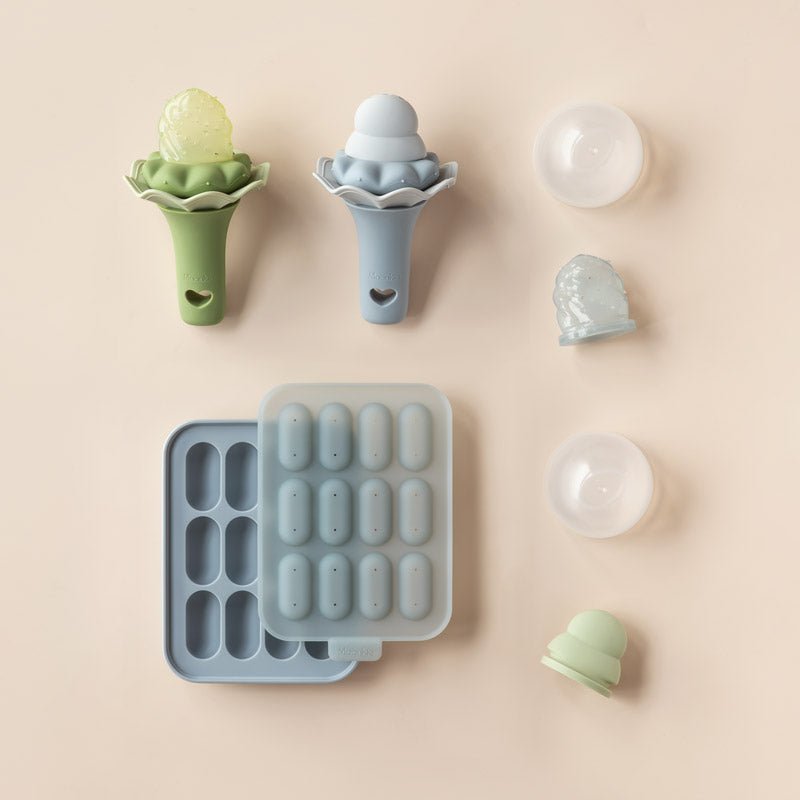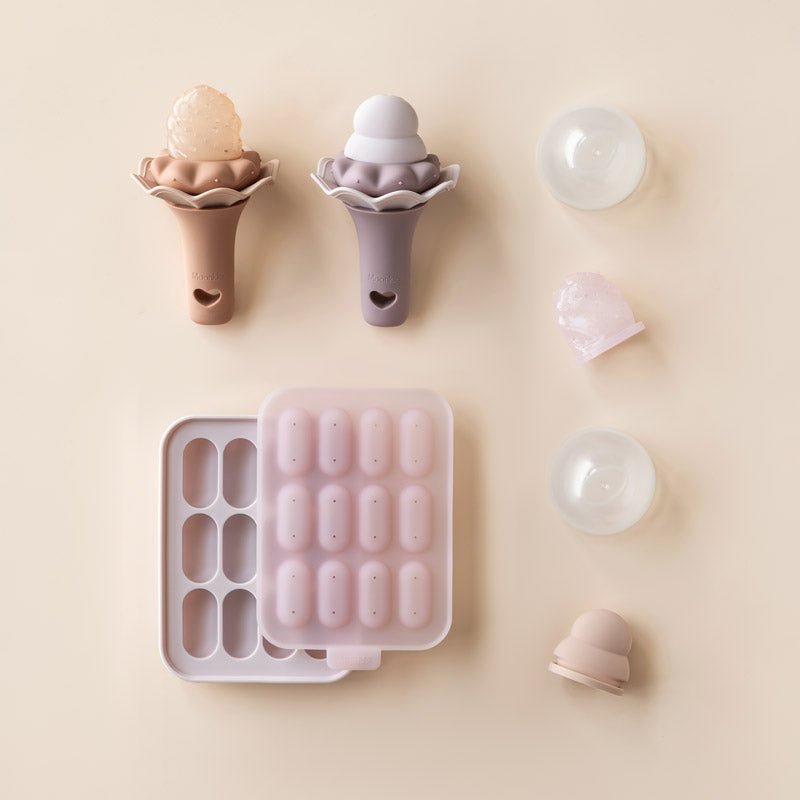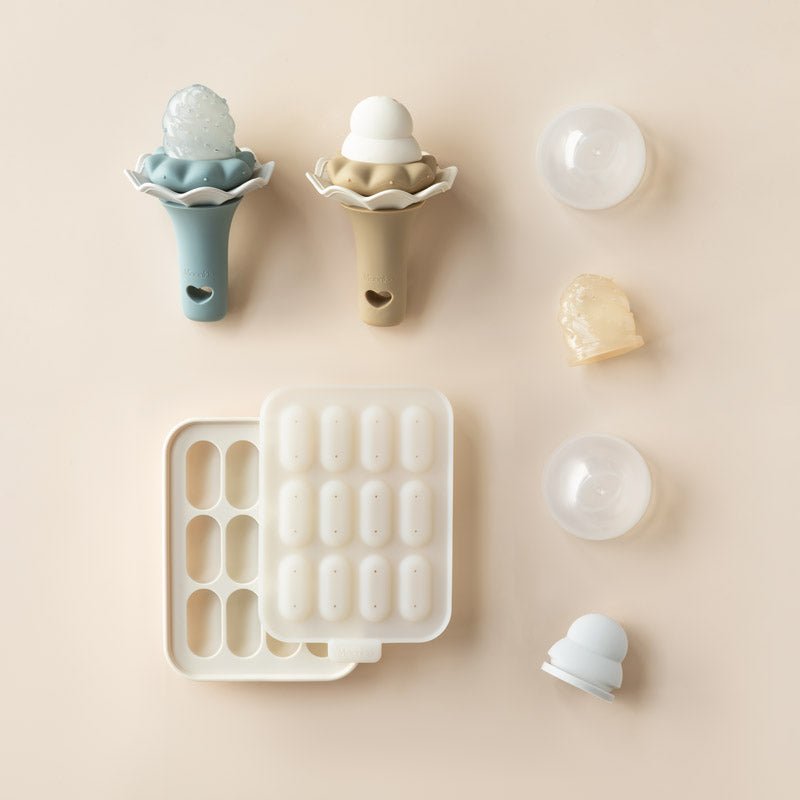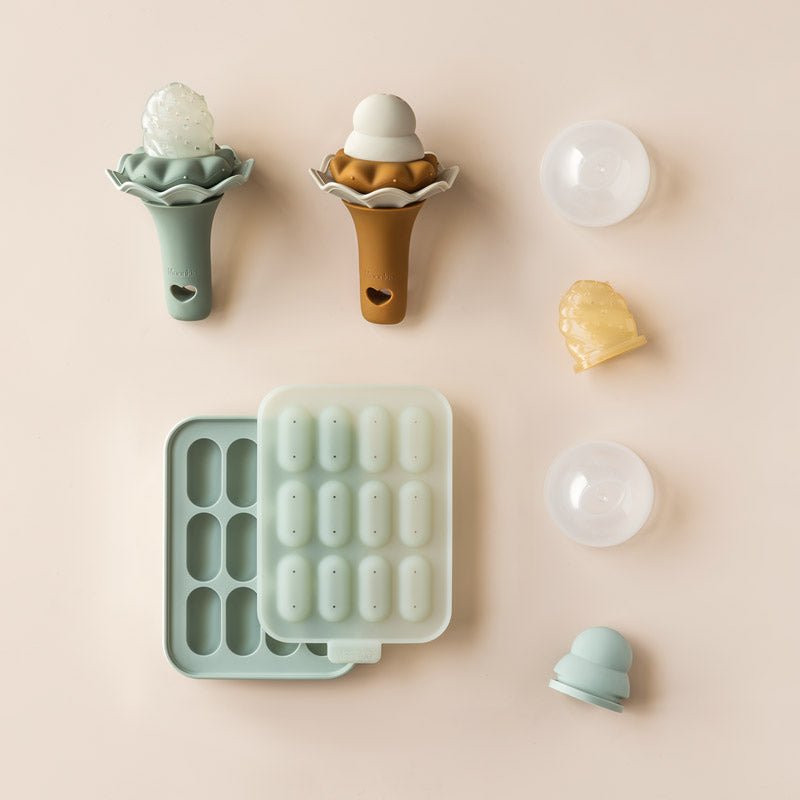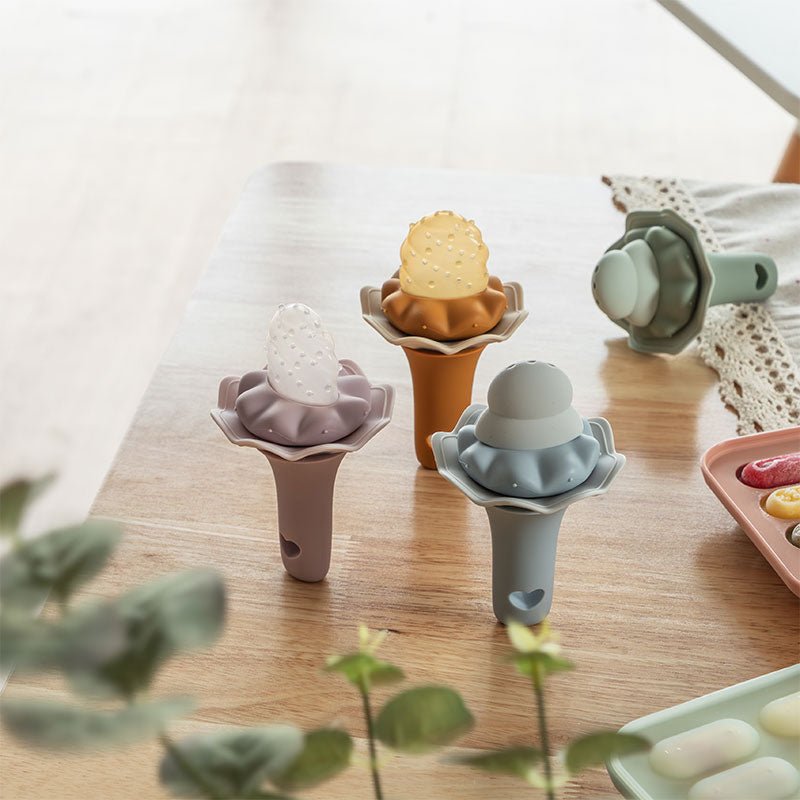Toddlers are nerve-rackingly clever, especially when it comes to destroying anything designed to be "indestructible." There is a lot of hype around silicone toys for babies and toddlers, but high-quality food-grade ones cost a pretty penny. Are they durable enough to be worth the investment?
Silicone toys are incredibly durable and can withstand even the toughest toddler play. High-quality food-grade silicone toys are less likely to break or wear down over time than materials like plastic, wood, or natural rubber.
With the average parent spending around $350 on toys for each child in their home every year, knowing which materials will outlast destructive toddlers is an economical and safe decision (source).
The Genius of Silicone Toys for Toddlers
Silicone toys have become increasingly popular over the last two decades, and for good reason. They're non-toxic, easy to clean, and can be molded into an impressive variety of shapes and textures.
The most remarkable thing about silicone is the range of temperatures it tolerates without releasing any harmful chemicals. You can leave it outside in the rain, forget about it in the freezer, nuke it in the microwave, or boil the heck out of it on the stove without destroying the toy.
This stunning flexibility and stability make silicone an effective material for everything from food containers to toys in the baby and toddler industry.
However, the silicone a manufacturer chooses must be top-notch. High-quality food-grade silicone void of cheap fillers is optimum, reserving medical-grade silicone for healthcare.
I went over how silicone is made and how you can ensure its quality in Pros and Cons of Silicone Baby Toys: A Comprehensive Guide for Parents. I also reviewed silicone's safety for humans. Check it out!
What Would Break a Silicone Toddler Toy?
So, what could a toddler possibly do to destroy a silicone toy? Well, a woodchipper would do it, as would a furnace. Taking an ice pick and a hammer to silicone toddler toys would definitely tear it up. Oh, and leaving it in the tall grass so a mower will shred it.
Hopefully, only one of the options above is likely for your little genius to actually carry out (I'll let you decide which one).
In all seriousness, there are not many normal toddler behaviors that will destroy a quality silicone toy. Chucking across the room, smashing, biting, or leaving it outside are not issues for well-designed toys.
But there is a keyword there: well-designed. Some toy designs have small pieces extended from the body of the toy that are easy to pull or chew off. Others include plastic pieces that will undoubtedly break more easily than silicone.
What Silicone Toy Designs Should I Avoid for Toddlers and Babies?
Avoid small pieces, beads, mixed materials, and electronics when shopping for silicone baby or toddler toys. Such designs can break easily or be downright dangerous for little ones.
Silicone-coated toys feel nice and substantial, but they are not as sturdy as solid silicone toys. Think of silicone-coated swing chains and cables on playgrounds. What happens to that coating? It peels off after a lot of time in the sun and tons of motion. Best to avoid silicone-coated toys for your little one!
Are My Toddler's Teeth Going to Puncture a Silicone Toy?
Toddlers go through some serious teething pain as they cut in their molars. There is lots of slobber, crankiness, hangriness, and chomping involved. Naturally, your teething toddler is going to gnaw on toys to get some relief, especially those of a baby sibling. High-quality food-grade silicone can handle it!

Just as you would with a baby less than a year old, try offering your teething toddler a chilled silicone teething ring. Avoid the wooden and gel-filled teethers for young babies as toddlers are more likely to puncture them. Sticking with solid teethers will help you avoid any debacles.
Silicone teethers are safe for your toddler to chew on because it flexes slightly with pressure. They are more forgiving to sore gums and existing teeth as well. If you alternate between solid silicone teethers and food to chew on, your teething toddler will probably pull through without a problem.
Our silicone teething set has multiple sizes and textures for sensory stimulation and doubles as a stacking toy. And, of course, as with any teething toy, wash each one thoroughly between uses. These are dishwasher safe and withstand boiling for sanitation well.
Is It Okay to Give My Toddler a Silicone Toy After a Dog Chewed on It?
Sometimes, Fido sneaks a toddler toy and chews it up. Maybe this is his way of coping with the craziness of children, or maybe he's getting revenge...who knows? Before you return a mauled silicone toy to your toddler, clean it with soapy water, boil it for up to five minutes, and inspect it closely.
If you see puncture marks, you should recycle the silicone toy. Those punctures can harbor bacteria or turn into cracks over time. Though silicone won't hurt your little one, chunks of it would be a choking hazard.
Can I Pass My Silicone Baby and Toddler Toys On to Another Family?
If you buy baby and toddler toys that can withstand your little ones' antics, you may find that you don't want to hang on to them for potential grandkids. Should you pass them on to another family? Well, it depends.
Silicone toys are generally safe and durable, making them an excellent option to pass on to another family. However, you should keep a few things in mind before doing so.
Give Away or Recycle?
First, ensure the toys are still in good condition (i.e. no tooth marks from Fido, discoloration from weeks in direct sunlight, or cracks from being run over in the driveway--you know, standard stuff).
If the toys show signs of wear and tear, such as cracks or discoloration, it's best to dispose of them instead of passing them on. It's better to be safe than sorry in such cases.
You can recycle silicone in special recycling facilities or find a company that will take your unwanted silicone for use in industrial-grade silicone, playground mats, or running tracks. One option to look into is the silicone recycling program at Pura or ECO USA.
Cleaning Silicone Baby and Toddler Toys
Second, you should thoroughly clean the toys before passing them on. Use soap and warm water or boil them for five minutes. Once clean, dry them completely before passing them on because moisture can cause bacteria growth.
Some heavy silicone toys can go through the dishwasher on the top rack without a problem. This is a quick way to clean a lot of silicone toys at once!
Age Appropriateness
If you know the family you will pass the toys on to, make sure you label or explain which toys the new owners should probably hold back until their kids get older.
Odds are that you don't have the box anymore and may not even remember the toy's age level. Some toys are obviously not for babies, but if the receiving family has two or more young children, it may be helpful to know which toys should be put up until the youngest catches up.
What about toys made of other materials? How do you know whether they are safe for your little one or safe to give away to others? I broke all that down in Are Classic Baby Toys Good for Babies?
Why Does Moonkie Use Silicone?
We use high-quality food-grade silicone to create our unique baby and toddler products because we LOVE silicone's soft texture, flexibility, durability, and ease of cleaning. Silicone can take just about anything tiny tots throw at it, reducing the need to repurchase silicone products repeatedly.
We create well-designed products with the highest quality food-grade silicone so that teething babies and toddlers won't hurt themselves. Here are four customer favorites:
Silicone Baby Food Containers
Though your one-year-old is quickly growing out of the baby stage, she is going to continue eating snacks or leaving leftovers on her plate. That's where our nifty silicone baby food containers come in!

Unlike typical cheap food storage containers, our silicone containers contain no harmful chemicals that can leach into your food. Moreover, you can freeze, microwave, boil, or put them into the dishwasher.
Even better, these containers won't crack like plastic or shatter like glass food containers when they fall on the floor. We've even equipped these containers with a secure lid to avoid food spilling out everywhere on impact.
They are also perfectly sized for travel, lunch boxes, or storing odds and ends in drawers after your little ones have begun eating more than these containers hold.
Silicone Beach Toy Set
How cool are these beach toys? Silicone's durability really shines through with beach toys because they will stand up to playtime year after year, even with lots of sunshine, sand, and saltwater.
 Your little one can use these cute little forms in the sand while playing outside or with cookie dough while cooking (after a good wash and five minutes of boiling, of course!).
Your little one can use these cute little forms in the sand while playing outside or with cookie dough while cooking (after a good wash and five minutes of boiling, of course!).
The silicone pail, scoop, and rake hold up marvelously to all things sand, dirt, and rocks, so they can become garden tools for your little helper when you're not at the beach.
Suction Plates - 2 Packs
Toddlers go through waves of eating patterns. One day, they eat like football players, but the next, they eat like mice. Growing toddlers eat when they need to eat and ignore the rest, which is a problem if you are working on reducing food waste.

That's why we designed these stylishly practical suction plates with lids! Packed with all the flexibility and durability of silicone, these plates also seal leftovers for another time with an airtight lid.
Put the whole thing into the microwave or store plates of ready-to-heat meals in the freezer for busy days. How efficient is that?!
Stacking Cups
What toddler isn't enthralled by a set of stacking cups? Moonkie's beautifully colored stacking cups are made of solid silicone, which makes them as durable as everything else we make.

That means your tiny tot can stack these, play with them in water, use the raised designs on the top to stamp shapes in the sand, scoop dirt outside, or pretend to organize things like mommy does.
Stacking toys are exceptional for skill development in babies and toddlers. Read all about them here: 10 Montessori Stacking Toys for Toddlers.
Balancing Silicone's Durability and Sustainability
For all of it's awesomeness, silicone is not perfect. Turning silica (sand) into silicone is an energy-intensive process, and finding a place to recycle damaged silicone products is not easy (try ECO USA).
However, high-quality silicone's durability results in long-lasting products that don't need replacing (short of a heinous mower attack, that is). Think about it this way: more natural materials are generally less safe (splinters), break easier, and wear out faster than silicone.
Thus, one way to be sustainable is to buy everything as naturally sourced as possible and only buy what you need. Another side to sustainability is buying what will last and not replacing it every few months or for every new baby.
Other Toddler Toy Materials to Consider
Making our modern and convenient lives more eco-friendly requires a never-ending balancing act between these two definitions of sustainability (and there are other definitions to consider).
Ultimately, the products you purchase for your little one are based on your family's priorities and the lifestyle you choose to live.
Just for extra nerdy kicks and giggles, check out this chart to compare the general characteristics of baby product materials:
Category |
Wood |
Rubber |
Plastic |
Silicone |
Safe |
✓ |
✓ |
✓ |
|
Easy to Clean |
✓ |
✓ |
✓ |
|
Durable |
✓ |
|||
Versatile |
✓ |
✓ |
✓ |
✓ |
Cost |
✓ |
✓ |
✓ |
|
Eco-friendly |
✓ |
✓ |
Safe: How safe a toy is by common safety standards
Easy to Clean: Ease of cleaning thoroughly
Durable: A toy's unbreakability
Versatile: The range of designs, colors, and textures available
Cost: Cheap upfront or cheap cost-per-use (i.e., greater durability is cheaper with more uses)
Eco-friendly: Biodegradability or recyclability
At a glance, you can see why we chose to work with high-quality food-grade silicone at Moonkie. It's simply the best!
In a Nutshell
Silicone is an extraordinary material for toddler toys because of it's durability, flexibility, ease to clean, and longevity. Though silicone is not created in the most eco-friendly way and won't break down in a landfill, it's durability makes products that don't need to be replaced.
Silicone toys are durable enough for toddlers! But toddlers are crafty, so I'm sure we all have funny stories to tell about how a nearly "indestructible" item was destroyed. What has your clever toddler managed to do?

